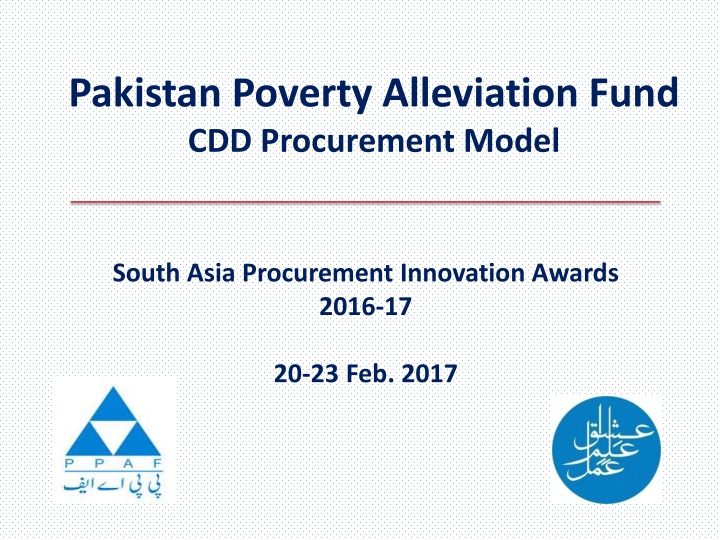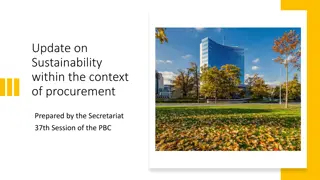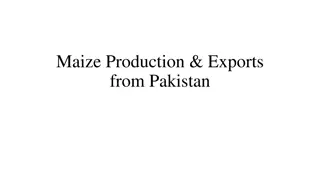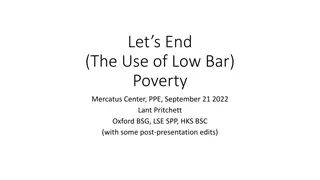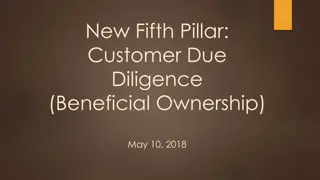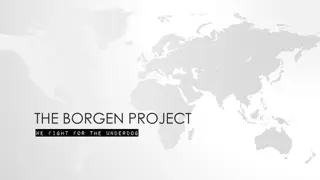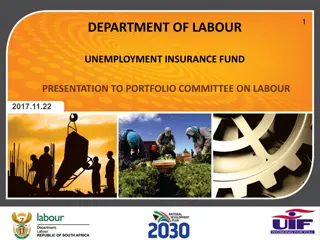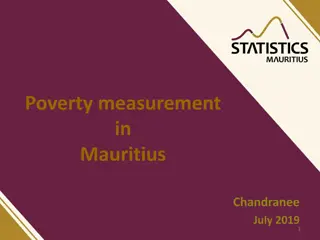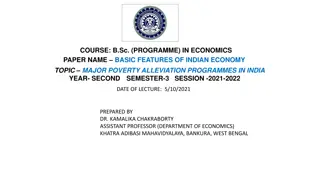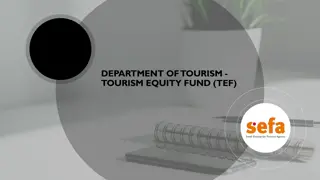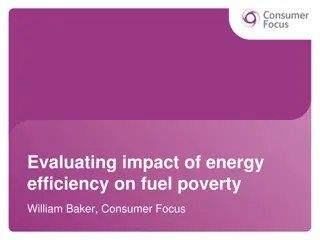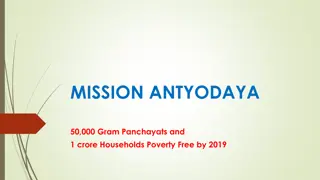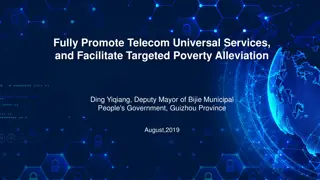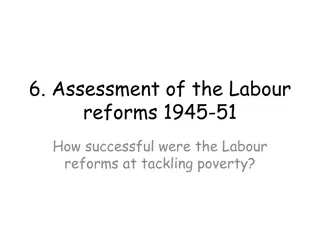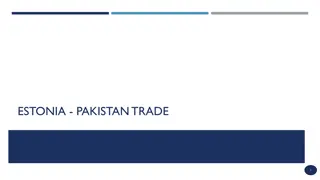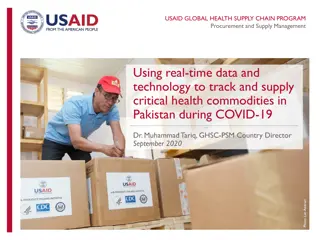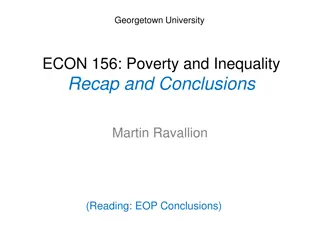Pakistan Poverty Alleviation Fund & CDD Procurement Model: Innovative Approach for Sustainable Development
"Explore how Pakistan Poverty Alleviation Fund leverages Community-Driven Development & innovative procurement strategies to combat poverty, promote inclusion, and enhance livelihoods. Learn about their strategic framework, programs, and impact in empowering marginalized communities."
Download Presentation

Please find below an Image/Link to download the presentation.
The content on the website is provided AS IS for your information and personal use only. It may not be sold, licensed, or shared on other websites without obtaining consent from the author.If you encounter any issues during the download, it is possible that the publisher has removed the file from their server.
You are allowed to download the files provided on this website for personal or commercial use, subject to the condition that they are used lawfully. All files are the property of their respective owners.
The content on the website is provided AS IS for your information and personal use only. It may not be sold, licensed, or shared on other websites without obtaining consent from the author.
E N D
Presentation Transcript
Pakistan Poverty Alleviation Fund CDD Procurement Model South Asia Procurement Innovation Awards 2016-17 20-23 Feb. 2017
About Pakistan & PPAF Who We Are What Guides Us Pakistan Opportunities & Challenges National presence, outreach, scale, growth platforms, networks and drivers of community-driven development Ability to crowd-in investments, convene alliances, partnerships and relationships (national and international) Core Values: Inclusion Participation Transparency Accountability - Sustainability Our Theory of Change: Social mobilization + integrated development strategies (social, economic, environment) + private and public investment Strategic location Democracy taking shape Incredible diversity High tele-density (over 130 m cellphones) Income poverty going down Youth a rich human resource pool or potential burden c CPEC Sector developer creating the eco- system for microfinance, livelihoods, renewable energy = empowered communities and reduced poverty World s 6th most populous country Inequity - lagging regions Social Exclusion women/poorest Financial exclusion Insecurity and conflict Climate change and natural disasters Agility to respond effectively and immediately to natural disasters All of the above making PPAF the premier national apex, with credibility, track record and strategic positioning,
Our Strategy Rural development - Mainstreaming Lagging Regions Inclusion of poorest households & marginalized groups
Our Methodology Poverty Graduation
Programming Framework Grants Microfinance 1,200 million USD 800 million USD Presence in 130 districts through 134 Partner Organizations across the country Institutional Development & Social Mobilization - 132,000 community organizations, 440,000 credit/other groups Financial Services Group Livelihood Employment & Enterprise Development Public Goods & Services Prime Minister s Interest Free Loan (IFL) Scheme - Over 8 million loans - 80% financing to rural areas - - 60% to women - 38,000 health, education, water and infrastructure schemes - 122,000 seismically safe houses constructed - 1.8 million people supported with disaster relief - 104,000 productive assets transferred - 1,090,000 individuals trained - 207,000 loans provided - 61% women Wholesale Lending Institutional Development Microfinance Plus
PPAFs socio economic frame work for Community Driven Development
CDD PROCUREMENT MODEL Dissemination Process & Outcome Participatory Planning Innovated Methods & Process Building Institution al Capacity Program Implement ation Gearing for Action Disclosure Procurement Methods Compliance and Quality Assurance Training - Announcement of Assets/CPI schemes at CO VO level. Display of Assets and Tagging Handover to Beneficiaries Institutions: LSO, CO, VO Research, Assessments, Reporting, Documentation, Communication Shopping Poverty Ranking Single quotation Formation of Procurement Committees Setting up/ strengthening Cos, Vos and LSOs and Developing LEED CPI WECC EHN DPM - Training Procurement Committees by CRPs PPAF Livestock procurement INSTITUTIONAL Community Resource Persons (CRPs) Monitory incentive for CRPs - PO Vendor Mela CPI works Developing VDP, UCDP and Procurement Plans Quality of goods works and services procured Training Impact on lives of community Developing Implementati on Plans (Ips) o ECONOMY TRANSPARENCY EFFICIENCY
Innovation, Replicability, Sustainability Inclusion of women in the procurement committees Development of Procurement Manual, Pictorial Booklet and Animated Film Exploring local options for procurement, Vendor Mela to procure equipment for Digital Hubs and Maweshi Mandi for procurement of livestock etc. Using local human resource (CRPs) to build capacities of community institutions Level of Innovation Replicability Simple, adaptable, Accessible Animations & booklets provide ready reference can be translated in local languages Social Enterprise Model encompassing monetary incentives Transparent and efficient model Ownership rests with communities Zero maintenance cost Sustainability
Development that is driven by ISHQ (love), informed and tempered by ILM (knowledge), and bears fruit through AMAL (action) Restoring hope, securing the future, ending poverty
